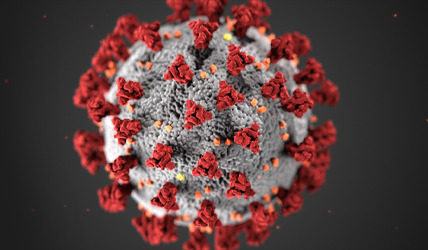If you are using a CPAP (Continuous Positive Airway Pressure) machine and have been diagnosed with COVID-19 or are suspected of having the virus, there are some precautions and recommendations to follow. It's important to note that information may evolve, and it's advisable to consult with your healthcare provider for the most up-to-date guidance. Here are general recommendations:
-
Isolate Yourself:
- If you have symptoms of COVID-19 or have received a positive diagnosis, follow isolation guidelines recommended by health authorities to prevent the spread of the virus to others.
-
Separate Sleeping Arrangements:
- If possible, sleep in a separate room to reduce the risk of transmitting the virus to those sharing your living space.
-
Continue Using CPAP:
- In most cases, individuals with COVID-19 can continue using their CPAP machines. CPAP therapy is important for managing sleep apnea and ensuring adequate oxygen levels during sleep.
-
Mask Hygiene:
- Follow strict hygiene practices for your CPAP mask, tubing, and humidifier. Regularly clean and disinfect these components according to the manufacturer's guidelines.
-
Avoid Sharing:
- Do not share your CPAP equipment with others. Each person should have their own set of equipment to prevent the spread of the virus.
-
Consider Using a Viral Filter:
- Some individuals choose to use an inline viral filter between the mask and the tubing to provide an additional layer of protection. Consult with your healthcare provider or CPAP supplier to determine if this is appropriate for your situation.
-
Monitor Symptoms:
- Pay close attention to your respiratory symptoms and overall health. If you experience worsening symptoms, particularly difficulty breathing, contact your healthcare provider promptly.
-
Consult with Healthcare Provider:
- Inform your healthcare provider about your COVID-19 diagnosis and discuss any concerns or adjustments to your CPAP therapy. They can provide personalized guidance based on your health status.
-
Follow Public Health Guidelines:
- Adhere to the guidelines provided by public health authorities and your healthcare provider. These guidelines may include isolation periods, when it is safe to discontinue isolation, and any specific recommendations for individuals with respiratory conditions.
It's important to note that individual circumstances can vary, and the recommendations may change based on evolving information. Always consult with your healthcare provider for personalized advice tailored to your specific situation. If you experience severe respiratory distress or worsening symptoms, seek medical attention immediately.
